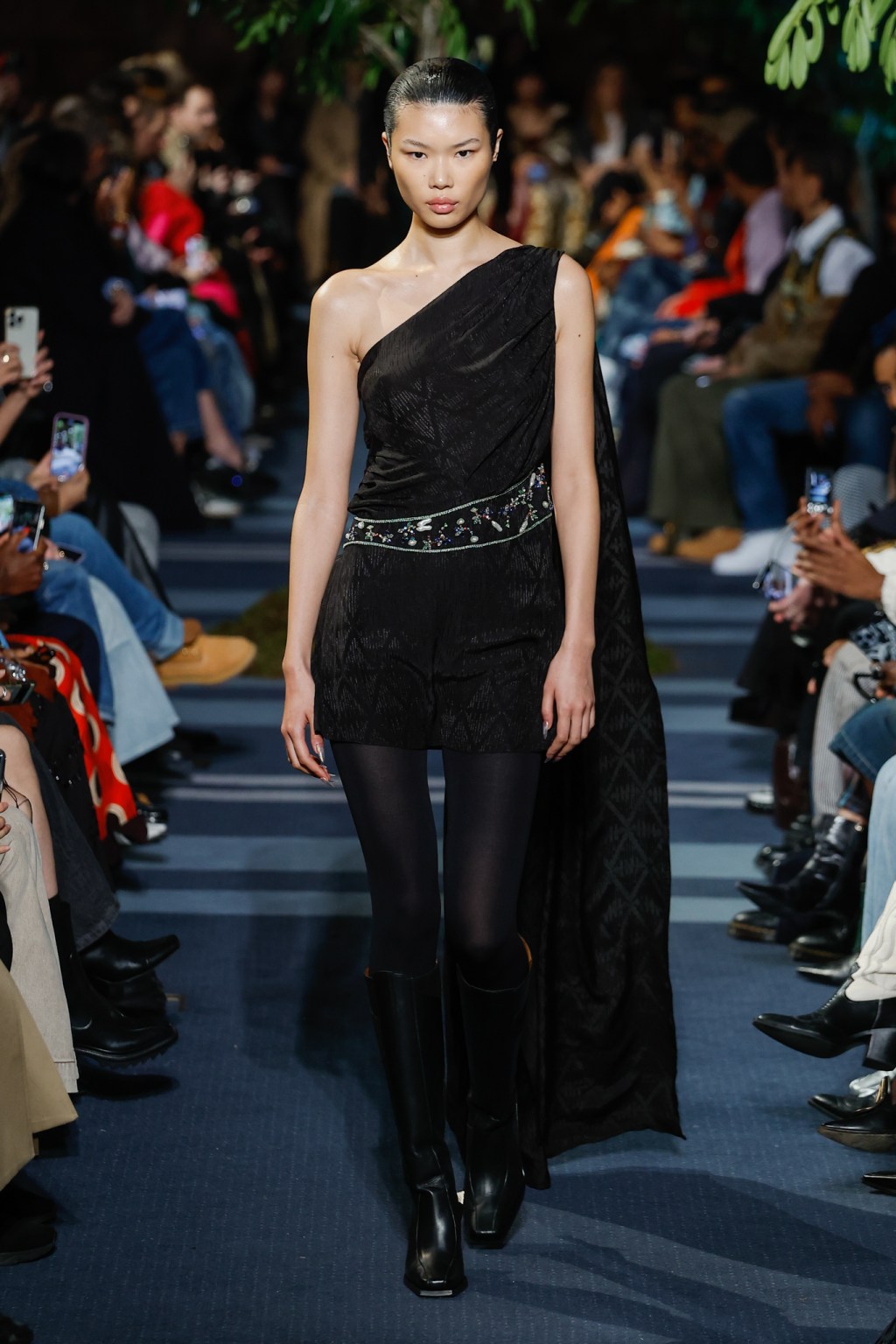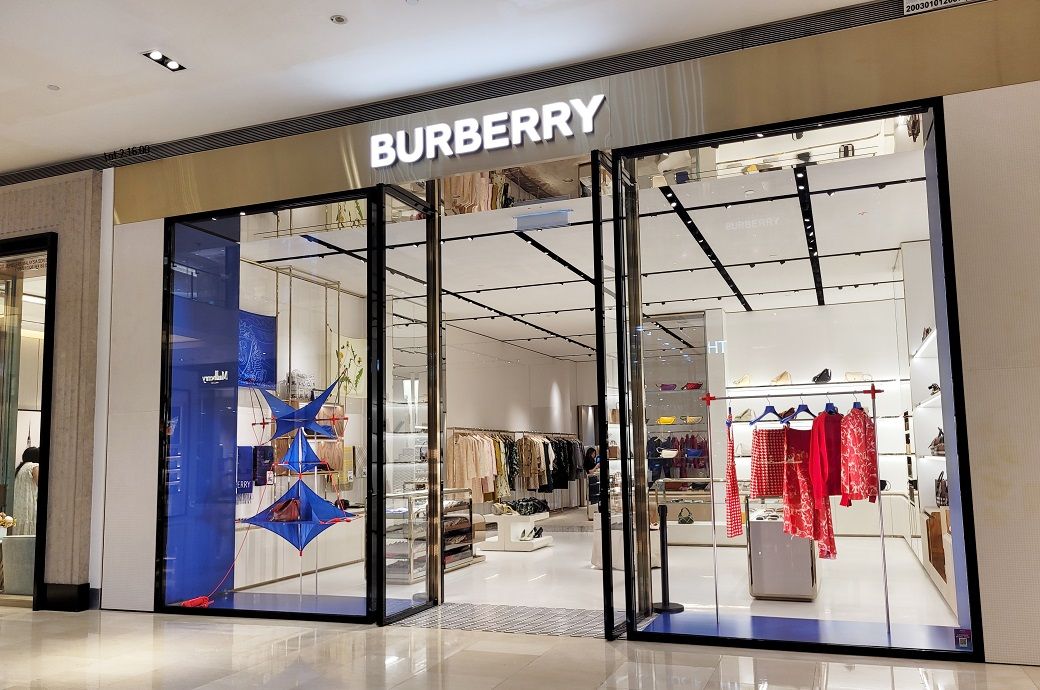The optimism for the future is decreasing in China, Southeast Asia and Japan, according to a new Bluebell Group report, the main distributor and operator of the Asia brand.
The fifth annual edition of its “Asian lifestyle consumption profile” offers a detailed vision of how luxury consumers throughout the region are changing their values and behaviors, revealing a remarkable fall in trust and a feeling of recalibration.
“This year's findings reflect a more demanding luxury consumer, digitally connected and based on the value in Asia,” said Ashley Micklewright, president and CEO of Bluebell Group.
“Brands can no longer rely on heritage or aspiration: they must demonstrate their value at each point of contact. Either through quality, relevance, innovation or service, the new luxury equation is about gaining confidence and loyalty in different markets that are fast and recalibrant fundamentally.”
One of the most important findings is a growing demand for substance on form. As prices increase and access is expanded, Asian consumers are increasingly analyzing the value behind the label through the quality and performance of the product, the value of the investment and the resale potential. The search for value is also promoting interest in affordable alternatives, with 75% of Korean consumers and 64% of Chinese consumers and Southeast Asia open to deception.
This change based on value is creating space for Asian brands of their own harvest and niche. Throughout the region, especially in China, Southeast Asia and Hong Kong, there is a growing appetite for brands that are innovative, emotionally resonant and culturally relevant. The interest in Asian luxury labels remains strong, with the interest of the Chinese consumer at 86% and the Southeast Asia at 83%. At the same time, limited editing collections and niche are seeing more demand.
Together with the change of products preferences, the survey highlights the growing expectations around service. More than 90% of respondents expect rewards and advantages when they buy, and many feel more and more attracted to immersive or advice in the store, especially in China and Southeast Asia.
Finally, the report also suggests a geographical change in luxury spending patterns. Although outgoing trips from China have decreased significantly, with only 58% of Chinese respondents who plan to travel abroad in 2025, below 78% in 2024, the attempt is still strong in other markets such as Korea, Hong Kong and Southeast Asia. New travel points such as Dubai and Sydney are winning traction, remodeling tourist flows and retail opportunities for global luxury brands.
Copyright © 2025 Fashionnetwork.com All rights reserved.












